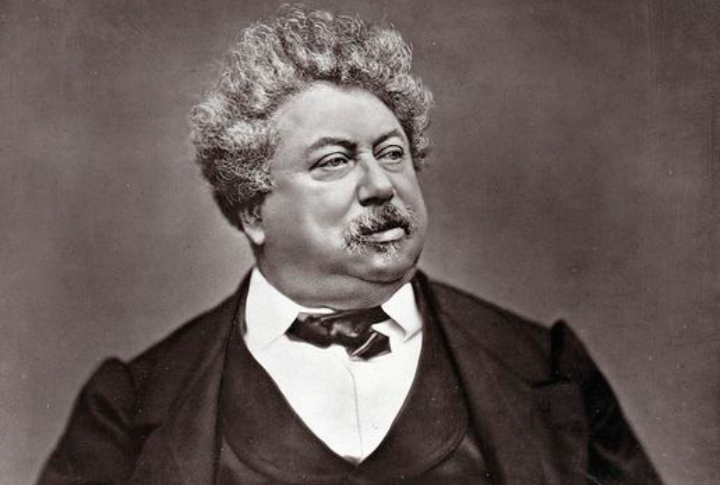
Alexandre Dumas is the mastermind behind “The Three Musketeers” and “The Count of Monte Cristo,” but he didn’t just write adventure; he lived it. Born to a revolutionary war hero and a former slave, he battled the unimaginable. This is proof that his wildest tales were the ones he lived.
His Father Was A Revolutionary Hero
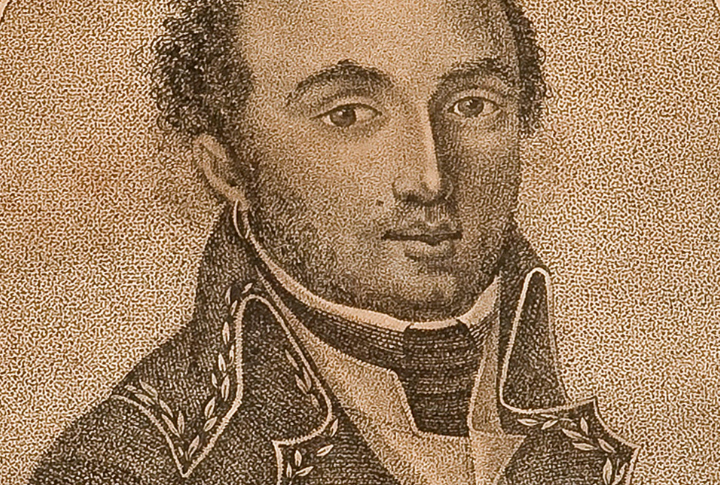
Before Alexandre Dumas, his father was already a real-life action hero. General Thomas-Alexandre Dumas battled alongside Napoleon before falling out of favor. His tragic fall shaped Alexandre’s stories. Growing up mixed-race in 19th-century France, he also faced racism, but like his father, he fought back—but only with a pen.
His Novels Were Inspired By Real Events

Some of Alexandre’s stories were borrowed from real-life chaos. “The Count of Monte Cristo” was inspired by a real case of wrongful imprisonment, while “The Three Musketeers” is based on actual 17th-century records, including a real D’Artagnan. Even his father’s daring military feats shaped his heroes!
A Prolific Writer, With Ghostwriters
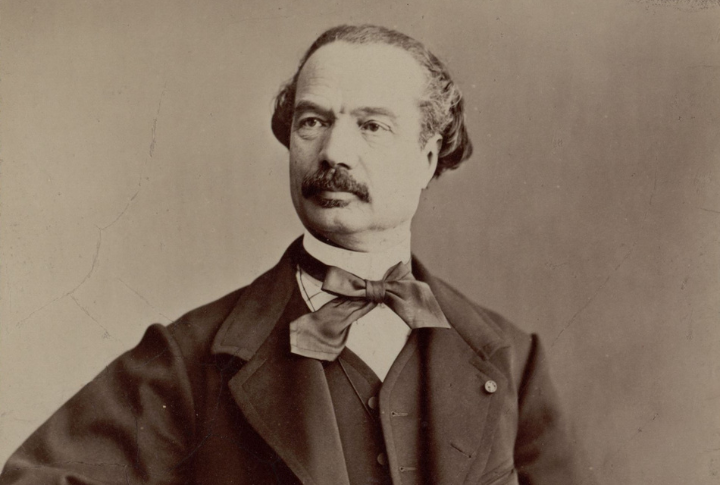
He was a writing machine, but even the fastest quill in France couldn’t produce over 250 novels alone. Historians believe he had a secret weapon—ghostwriters, with Auguste Maquet as the most famous. Auguste mapped out plots and researched historical details, while Alexandre sprinkled in the drama, duels, and characters.
A Personal Castle Named After His Book
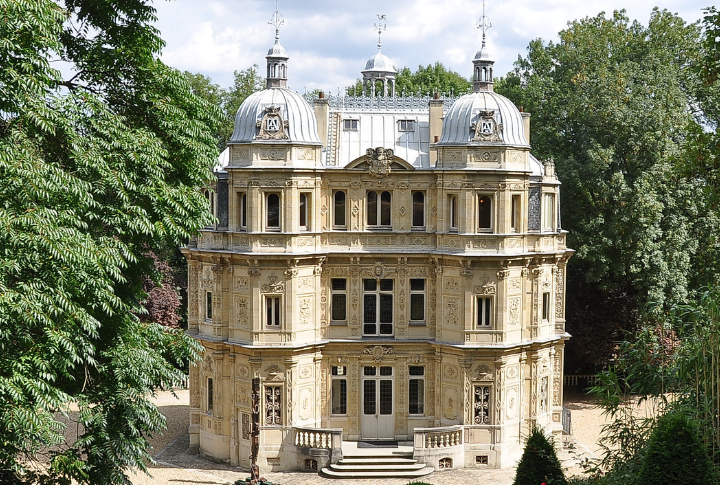
Alexandre designed his fairytale retreat, Chateau de Monte-Cristo, just outside Paris. It was a writer’s dream, complete with turrets and stained glass, because why have a regular study when you can have a miniature castle just for writing? He hosted parties here, entertaining Paris’ elite—until debts forced him to sell.
He Fought During The 1830 Revolution

When the 1830 Revolution erupted in France, Alexandre battled to overthrow King Charles X. His goal? To put his old boss, the Duke of Orléans, on the throne as King Louis-Philippe. It worked, and for a while, he enjoyed royal favor. However, revolutions are fickle, and so is politics.
He Lived And Owed Big Time
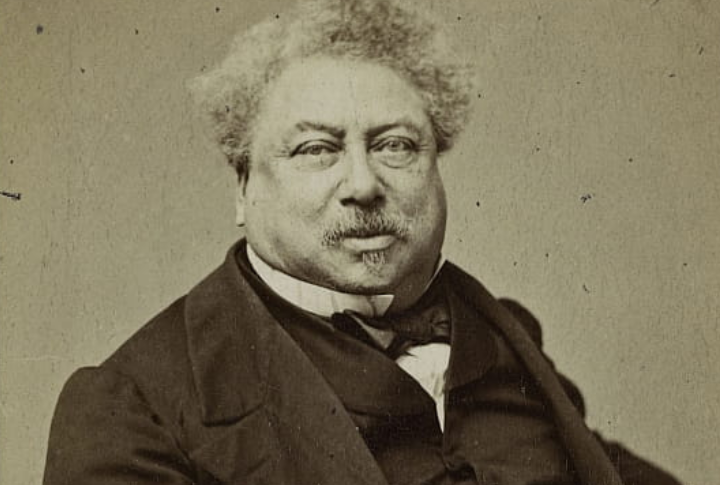
Alexandre Dumas lived like one of his swashbuckling heroes—extravagant and a little short on cash. The more he earned, the more he spent, splurging on feasts, lovers, and his 500,000-franc Chateau de Monte-Cristo. When the money dried up, he sold novels at lightning speed, but readers and creditors weren’t impressed.
Chaotic Romantic Life
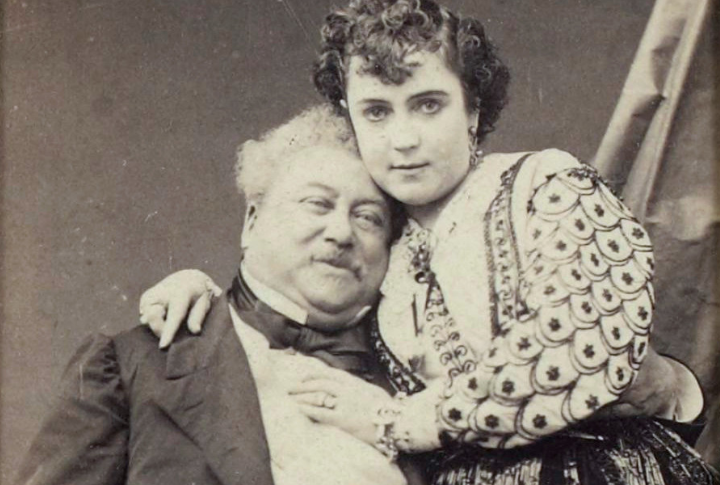
Alexandre lived a grand romance, over and over again. Though he married actress Ida Ferrier in 1840, historians believe she was just one of many leading ladies in his life. He was said to have nearly 40 mistresses! His love life was as dramatic as his novels—full of intrigue.
He Fathered A Lot Of Children

Historians debate the exact number, but he is believed to have fathered anywhere from four to seven children. Most of them are less documented, but given Alexandre’s well-known love for romance, it’s no surprise his family tree had plenty of branches. He surely left behind a legacy in literature and lineage!
But Acknowledged Only One Son, Who Also Became An Author
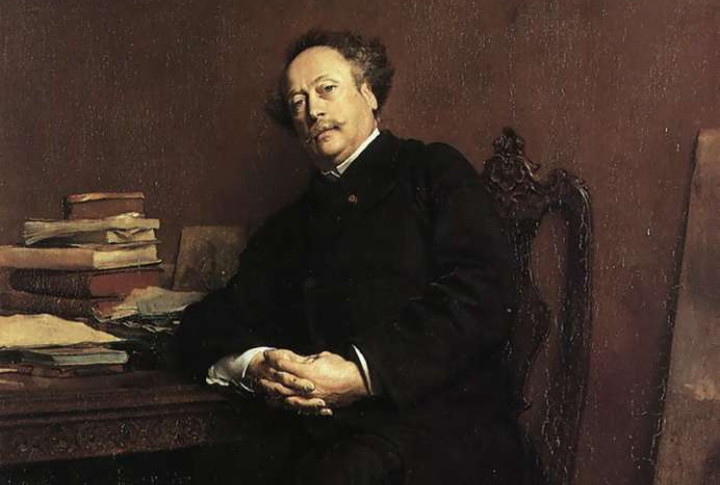
Despite the drama, he officially acknowledged one son: Alexandre Dumas fils. The younger Dumas became a celebrated writer, though he took a more serious approach, focusing on social issues rather than sword fights. His most famous work, “The Lady of the Camellias,” inspired “La Traviata” and countless adaptations.
His Remains Were Moved 130 Years After His Death

France took its time treating Alexandre Dumas like the heroes he wrote. When he died in 1870, he was buried in a modest grave, far from the honor given to literary giants like Victor Hugo. In 2002, President Jacques Chirac finally moved Alexandre’s remains to the Pantheon in Paris.

